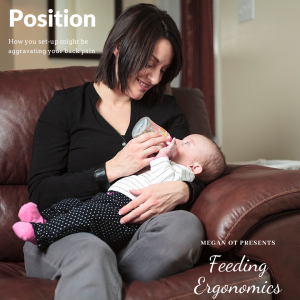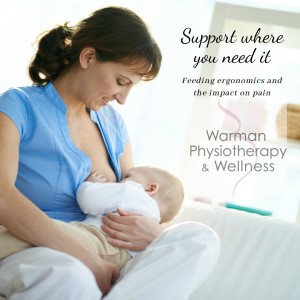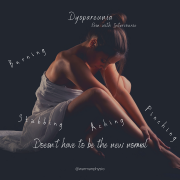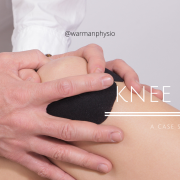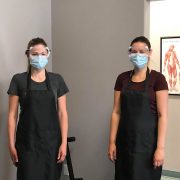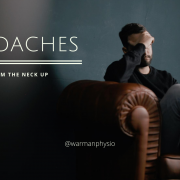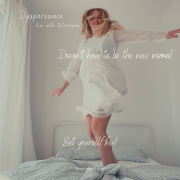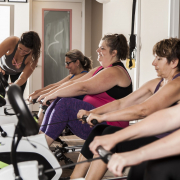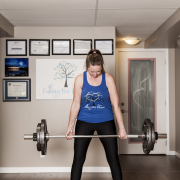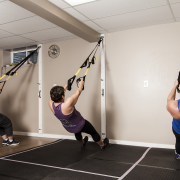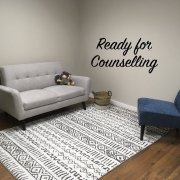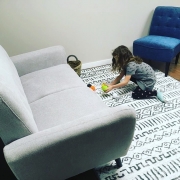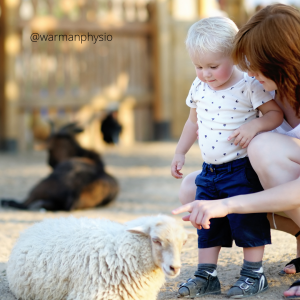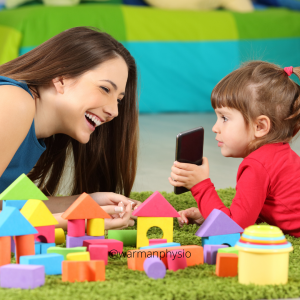Since it is the beginning of November, it’s likely your kids have acquired large quantities of candy. Or, if you’re like me, you only had four trick or treaters this year and now have a lot of candy hanging around. Either way, this situation can bring up some uncertainty, fear, and shame for kids and parents alike.
Adult Cravings
Let’s start with discussing cravings as an adult. Cravings are a normal part of our appetites and I promise they don’t occur because you are addicted to sugar. What causes cravings depends on a couple things like: your emotional state, hunger level, mentality towards “junk food”, and if you follow a restrictive eating pattern.

Looking more closely at these possible causes will give us an idea of where your cravings are coming from. If you routinely skip meals or wait long periods between eating for whatever reason your brain is going to start craving simple carbohydrates. For example candy because they are the quickest source of energy for your brain. Eating more regularly, every 3-4 hours for example, can help curb “hangry” sugar cravings.
If you are experiencing emotional turmoil or stress and your main coping mechanism is eating to help deal with those feelings Halloween candy may be exactly what you start reaching for. “Emotional eating” or using food to cope with difficult emotions or stress; is not necessarily a bad thing but it may not be serving you well. If your only coping mechanism is food you may want to practice additional strategies to help you get through these feelings.
Lastly, if you follow a diet or meal plan that only allows for limited carbohydrates or sweet foods or if you avoid candy and other carbohydrates in general these restrictions are going to increase the frequency and intensity of cravings. Additionally, if you mentally restrict yourself, meaning you eat these foods but feel shame or guilt when doing so this can have the same effect as physical restriction. This cause for cravings is complicated and difficult to resolve but it can be done. Using tools like Intuitive Eating, Body Neutrality, and Body Trust can help you stop dieting and restricting which will improve the cravings.
As I said already, cravings are normal and not always avoidable. But the best way to get rid of cravings is to eat that food you are craving! That doesn’t mean you avoid it until your cravings become too strong so that you can’t stop yourself anymore, it means you add this food to your regular diet without restriction. This is one of the main principles of Intuitive Eating and it is not easy and takes some work but having a healthy relationship with food is worth it.
Child Cravings
Now let’s move on to the kiddos. As a parent we face a dilemma when it comes to kids and candy, how much should I let them? Kids will have the same cravings and reactions to their Halloween candy that adults do, so how do we solve this? We use something called the division of responsibility. As a parent it is your job to choose what, when, and where your child eats. It is your child’s job to decide how much of each food offered they eat. Depending on the age of your child, you should either offer them their Halloween candy at each snack or meal (or both) without restriction. Remember, they get to decide how much. Or, give them free access to their Halloween candy. Lastly, making sure candy and similar goodies are available year round.
The goal here, for both you and your kids, is to make Halloween candy not a big deal. This might mean your family eats nothing but Halloween candy for three (or more) days but the novelty won’t last too long. Once everyone gets used to having free access to candy, both physically and mentally, it doesn’t become a special treat anymore. It just becomes food! By next Halloween the candy dilemma will be long gone.
Resources:
Intuitive Eating: https://www.intuitiveeating.org/
Division of Responsibility: https://www.ellynsatterinstitute.org/how-to-feed/the-division-of-responsibility-in-feeding/
Body Trust: https://centerforbodytrust.com/about-us/
Body Neutrality: https://www.facebook.com/watch/?v=652417292047818
**Please note at this time we do not have a Dietitian at the clinic. We are always looking for new providers to serve our community; if you know someone or would like to join us please use the Join Our Team link.

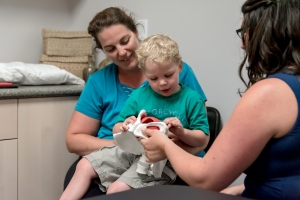 When young children are first learning to use the toilet, it can be easier to teach them to stand to pee. Maybe they already stand to pee in their diaper. Maybe they don’t have the patience to wait to sit to pee. Whatever the case may be, sitting to pee has many benefits through the potty training phases.
When young children are first learning to use the toilet, it can be easier to teach them to stand to pee. Maybe they already stand to pee in their diaper. Maybe they don’t have the patience to wait to sit to pee. Whatever the case may be, sitting to pee has many benefits through the potty training phases.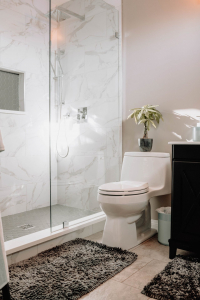
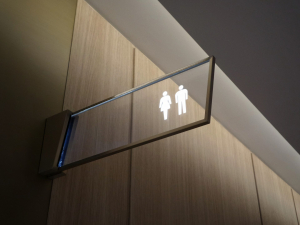
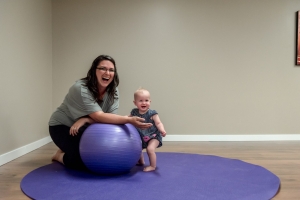 Haylie has been practicing pelvic health and focused in prenatal and post-partum care since graduating from the U of S MPT program in 2011. Officially adding to her practice pediatric pelvic floor therapy in 2017. She has been advocating for treatment for women, ensuring appropriate and effective care throughout pregnancy and post-partum, and helping all expecting and post-partum moms ultimately brought her to open her family-friendly clinic. She now primarily focuses on pediatric pelvic health, perinatal care, and persistent pain in her practice in Warman and Saskatoon locations.
Haylie has been practicing pelvic health and focused in prenatal and post-partum care since graduating from the U of S MPT program in 2011. Officially adding to her practice pediatric pelvic floor therapy in 2017. She has been advocating for treatment for women, ensuring appropriate and effective care throughout pregnancy and post-partum, and helping all expecting and post-partum moms ultimately brought her to open her family-friendly clinic. She now primarily focuses on pediatric pelvic health, perinatal care, and persistent pain in her practice in Warman and Saskatoon locations.